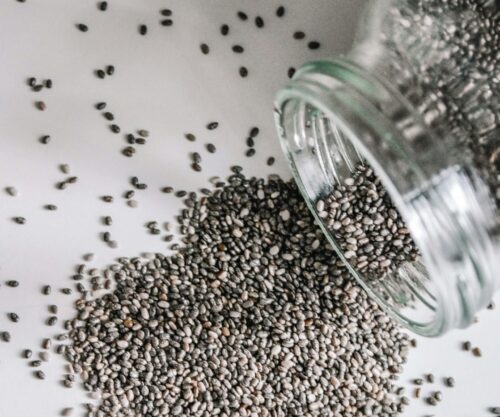
When anxiety attacks, your heart races and it pumps up to the point where you feel like you can hear your heartbeat. The Cleveland Clinic confirms that anxiety-related heart palpitations give you the sensation that your heart is pounding, fluttering, or skipping a beat. “Anxiety sets off the body’s “fight or flight” response as part of the autonomic nervous system (ANS). When you feel uneasy about a situation, your ANS kicks in, increasing your heart rate,” states the clinic.
The increased heart rate is commonly found in people already living with an anxiety disorder and are prone to anxiety attacks. Now, what are some of the techniques proven to assist in lowering the heart rate when feeling anxious? The online publication, Business Insider, states that the first thing to do is to treat the underlying anxiety diagnosis with medication or cognitive behavioural therapy. The publication reports that these treatments can lower the heart rate momentarily and also help you manage anxiety well enough to avoid heart diseases.
These are a few of the effective strategies to lower heart rate according to the publication in question.
Move your body: Physical activity and exercise can help manage anxiety and stress, as a 2019 study found that high-level physical activity protects individuals from anxiety symptoms. Business Insider also believes that exercise lowers resting heart rate, a crucial factor for heart health, especially for those with cardiac disease.
Breath: “Deep breathing and progressive muscle relaxation can help reduce anxiety and heart rate by stimulating the vagus nerve, reducing the ‘fight or flight’ response, and increasing neurotransmitters.” The publication suggests the process of relaxation stating that you must find a peaceful area, close your eyes, take a deep breath through your nose, and release it through your mouth. Repeat the process as necessary.
Meditate: According to a 2018 Michigan Technological University study, an hour-long session of mindfulness meditation was found to lower heart rates and aortic pulsatile load.
Also see: 6 Steps to manage social anxiety using the 54321 method




